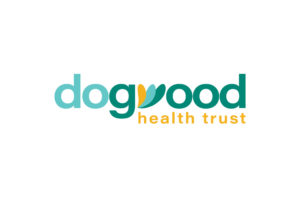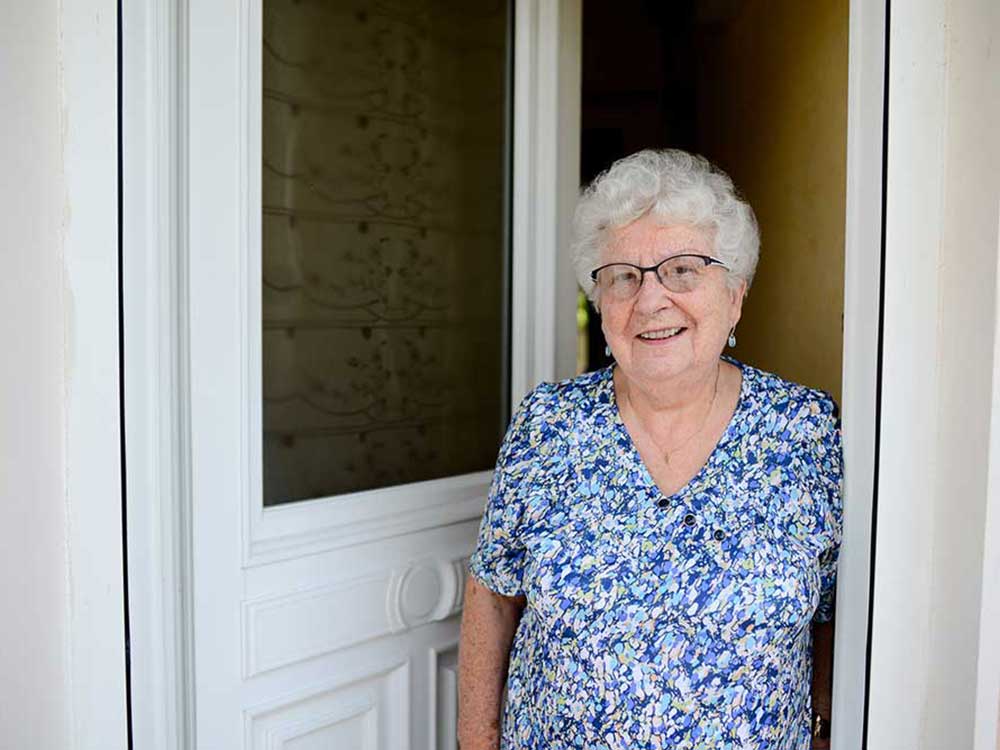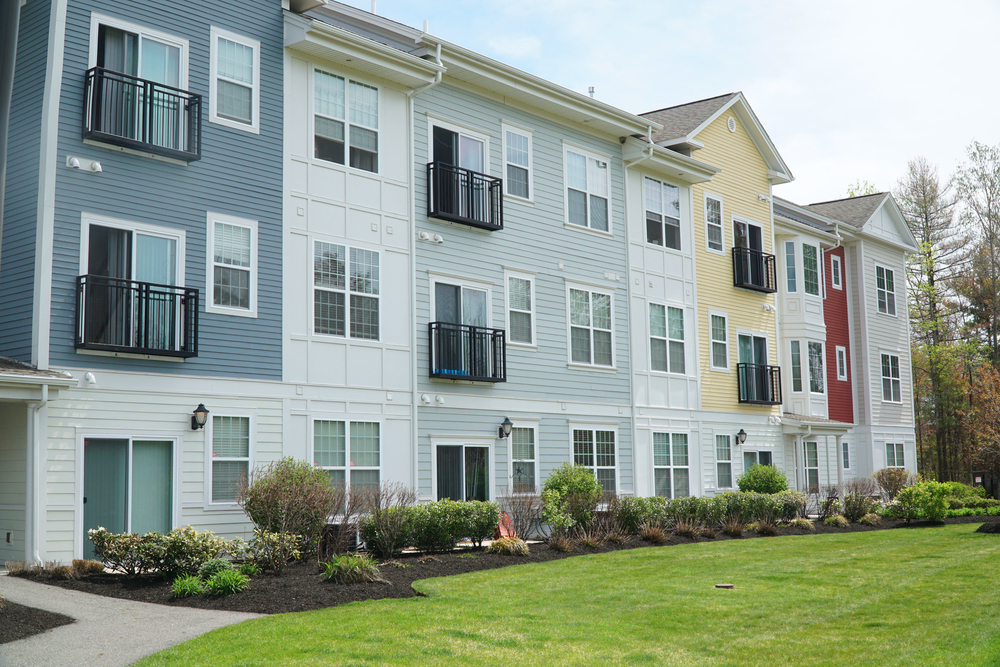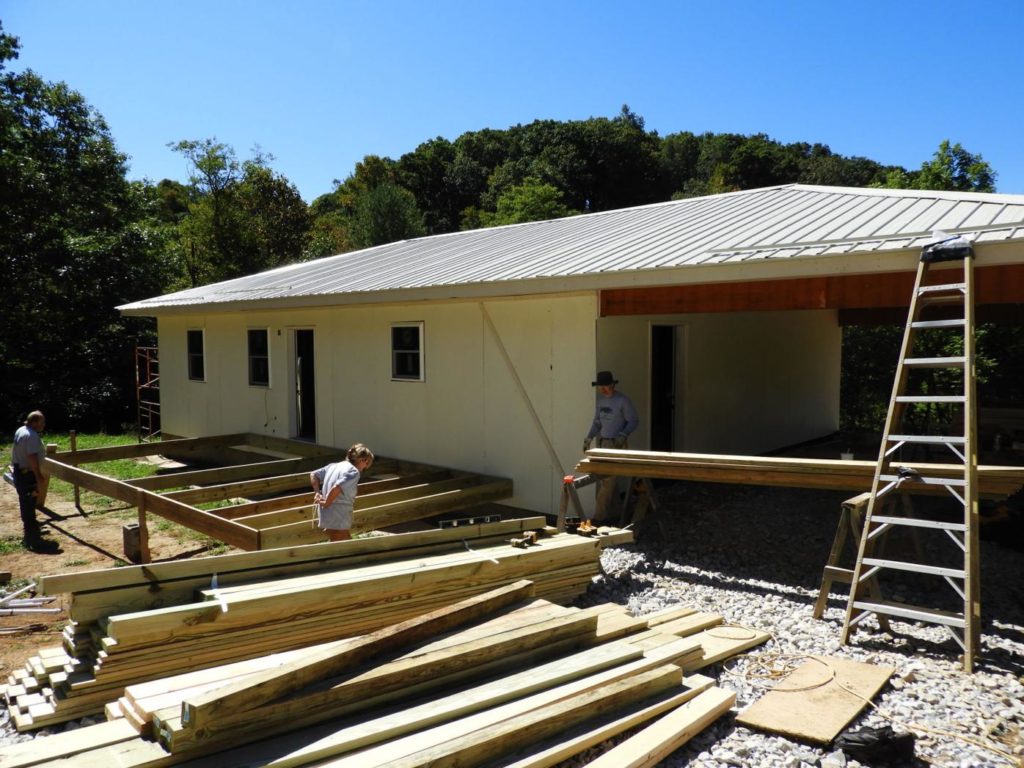Partnering with nonprofit organizations bolstered a region-wide response network designed to obtain an accurate count for 2020
Asheville, N.C. – Dogwood Health Trust’s investment of $1.5 million to improve Census response rates across the region resulted in Western North Carolina outperforming the state and nation in in terms of improving counts from 2010 and will likely yield $18 Billion in Federal funding over the next 10 years. The U.S. Census response rate increased by .5% from 2010; North Carolina decreased by 1.4 percentage points. In contrast, Western North Carolina, where Dogwood concentrated its efforts, increased their response rate by 2.2%, going from 47.7% in 2010 to 49.9% as of October 17, 2020. Across North Carolina, 32 counties exceeded their 2010 response rates; ten of those counties are in Western North Carolina. In addition, the Eastern Band of Cherokee Indians nearly tripled their counts from 2010.

“The 2020 Census, like many other events this year, was dramatically impacted by the arrival of COVID-19,” said Betsey Russell, Sr. Director of Communications for Dogwood Health Trust and Census team lead. In Western North Carolina, as across the Nation, 2020 Census partnership specialists were pulled from their field-based face-to-face mission of educating, engaging, and encouraging leaders, organizations, counties, and communities to support a complete and accurate 2020 Census count. As of July 2020, Census counts in Western North Carolina counties appeared to lag behind the national and state average.
“We saw an opportunity to use our resources to leverage more funding and deliver significant benefit for our region,” said Russell. The Census team developed an incentivized philanthropic approach to increasing 2020 Census self-response rates in Dogwood’s 18 counties and the Qualla Boundary. In addition to advertisements, Dogwood provided financial support for counties to aid the work of their Complete Count Committees, and for nonprofit organizations that partnered directly with Dogwood to increase the count. The effort ran from late June 2020 through October 15, 2020 (the end of the Census count).
“This success is really because of the all-out efforts of our partners,” said Russell. “We supported some advertising, but they did the on-the-ground leg work, reaching out to their networks and beyond to make sure the people of Western North Carolina counted in this Census.”
Hola Carolina was one of the first organizations to become an umbrella partner, coordinating and leading a coalition of 20 other grassroots non-profits that counted more than 27,000 people. According to Russell, Hola was able to leverage deep trust and relationships to reach historically undercounted Latino and Hispanic populations. “If not for the support from Dogwood and this project, I don’t know where we’d be right now,” said Adriana Chavela, Executive Director, Hola Carolina. “The Census provides jobs and a source of income for people in the community. By tapping into our networks across the region, we were able to connect people right away to boost response rates. That’s been wonderful!”

In Graham County, Robbinsville United Methodist Church, which served as an umbrella for administering outreach efforts for 35 organizations, counted more than 1,200 people. “I knew the Census helped the community, but not to what extent,” said Rev. Eric Reece. “When I found that out, I knew there was a lot at stake because we are very dependent on grants and government funding. I am thankful to Dogwood for their investment in our community and I am proud that our efforts helped Graham County surpass our 2010 self-response rate.”
Dogwood Health Trust is a North Carolina nonprofit corporation with the sole purpose of dramatically improving the health and well-being of all people and communities of Western North Carolina. Dogwood Health Trust was created from the net proceeds of the sale of Mission Hospital and focuses on innovative ways to address the many factors that contribute to overall health and wellness. To learn more, please visit www.dht.org.


















